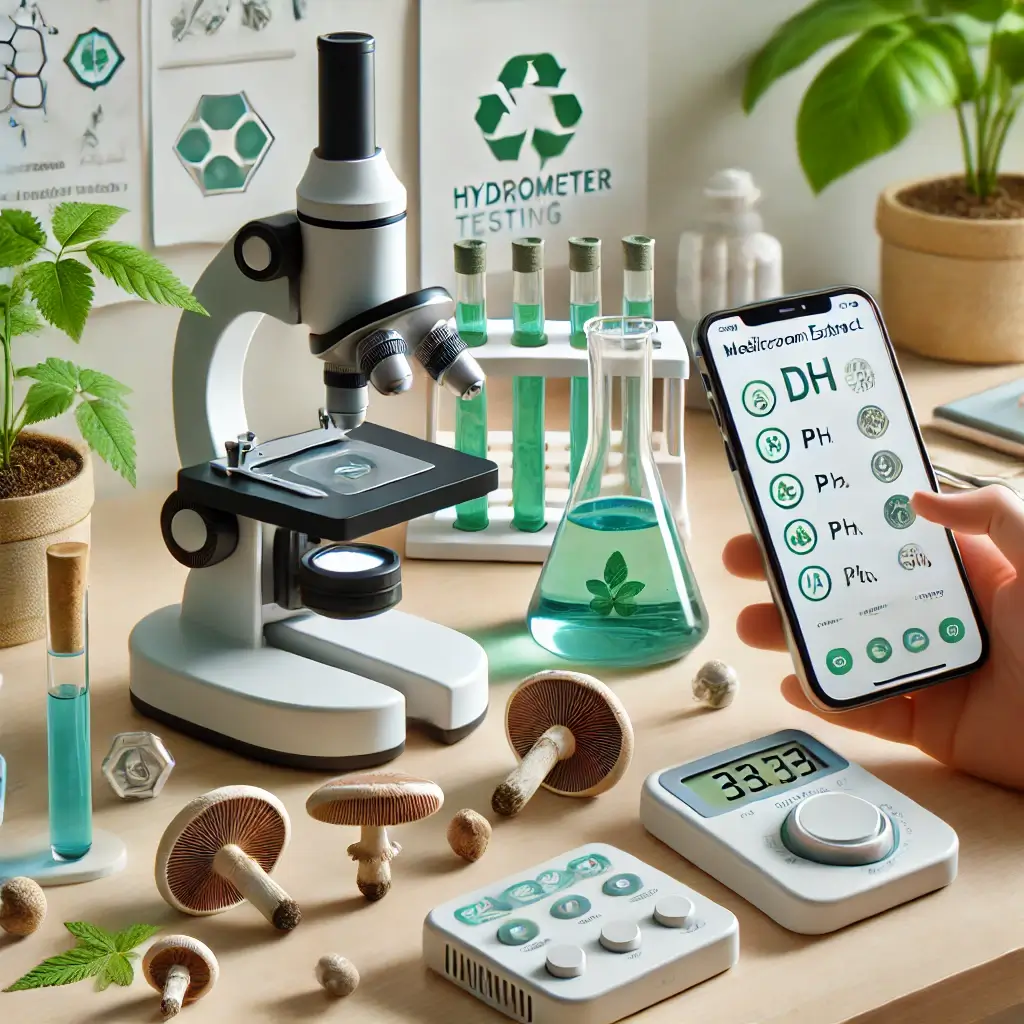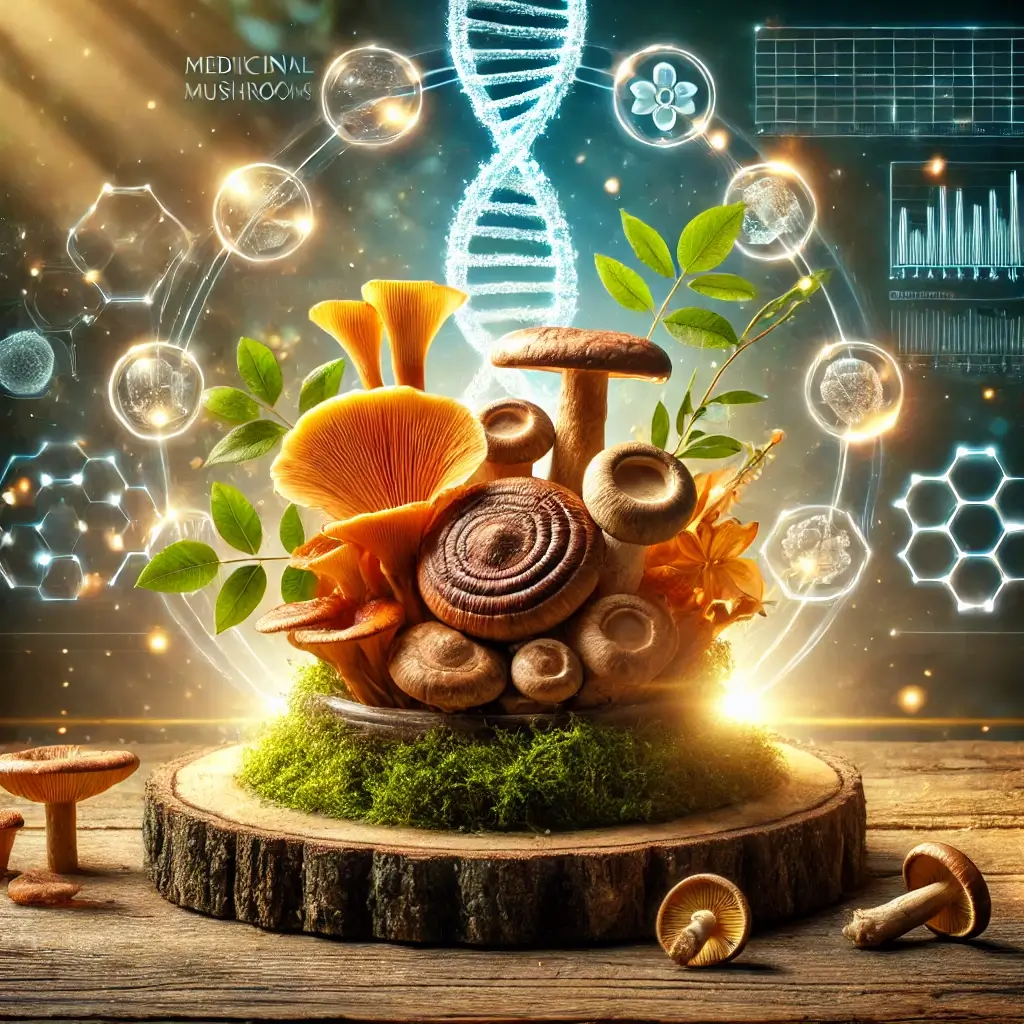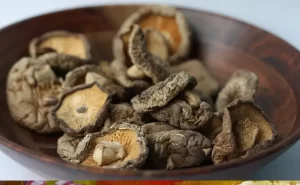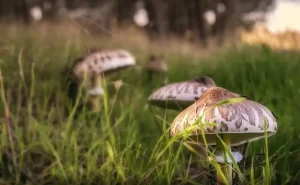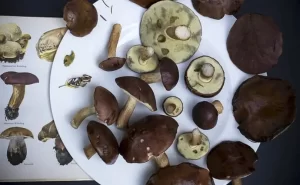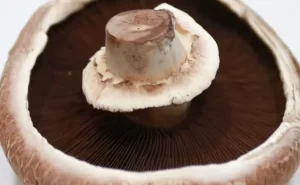Unlocking the Therapeutic Potential: How Psilocybin Research Is Revolutionizing Treatment Options
Ancient Rituals to Contemporary Clinical Breakthroughs
The journey of psychedelic mushrooms from ancient rituals to contemporary clinical breakthroughs illustrates their profound impact on human history and science. These mushrooms, containing the psychoactive compounds psilocybin and psilocin, have been revered for their ability to alter consciousness, foster introspection, and facilitate healing. Today, they stand at the crossroads of neuroscience, psychology, and cultural evolution, offering new perspectives on mental health treatment and human cognition.
Revolutionary Potential in Mental Health Care
As research into these substances deepens, their potential to revolutionize mental health care and expand our understanding of the brain becomes increasingly evident. This article delves into the biochemistry of psychedelic mushrooms, highlights key scientific discoveries, and explores their broader societal implications, emphasizing their role as agents of transformation.
Biochemical Foundations and Mechanisms
Psilocybin, a prodrug, is enzymatically converted into psilocin in the human body. Psilocin’s interaction with 5-HT2A serotonin receptors is the primary driver of its psychoactive effects, which include enhanced neural connectivity, synaptic plasticity, and altered perception. These effects disrupt the default mode network (DMN), fostering ego dissolution and introspective experiences (Johnson et al., 2023).
Secondary Metabolites and Synergistic Effects
Secondary metabolites such as baeocystin and norbaeocystin, though less studied, are believed to contribute to the synergistic effects of psilocybin. These compounds may modulate neural activity in ways that amplify or refine the therapeutic benefits of psilocybin, suggesting a complex interplay of bioactive substances within psychedelic mushrooms (Zhang et al., 2023).
Neuroimaging Findings on Brain Activity
Neuroimaging studies have consistently shown that psilocybin reduces activity in the DMN while increasing connectivity between previously unassociated brain regions. These changes underpin the profound emotional and perceptual shifts reported by users, offering insights into how these substances can alleviate symptoms of mental health disorders (Martinez et al., 2023).
Clinical Advancements and Research Highlights
The clinical potential of psilocybin continues to gain validation through rigorous research. A 2023 randomized controlled trial demonstrated that psilocybin significantly reduced symptoms of major depressive disorder, with effects lasting up to six months post-treatment. These findings underscore its potential as a long-term therapeutic agent (Thompson et al., 2023).
Advancements in Analytical Chemistry
Further advancements in analytical chemistry, such as high-performance liquid chromatography (HPLC) and mass spectrometry, have enhanced our ability to quantify psilocybin and its metabolites. These technologies are pivotal for developing standardized dosing protocols and ensuring safety in clinical applications (Johnson et al., 2023).
Microdosing Research and Benefits
The rise of microdosing—taking sub-perceptual doses of psilocybin—has also emerged as a promising area of research. Preliminary studies suggest that microdosing may enhance cognitive performance, emotional resilience, and creativity, offering potential benefits beyond traditional therapeutic contexts (Martinez et al., 2023).
Societal Impacts and Future Directions
The integration of psychedelic mushrooms into modern medicine marks a paradigm shift in how we approach mental health. Oregon’s legalization of psilocybin-assisted therapy sets a precedent for other regions to explore similar policies, reflecting a growing acceptance of psychedelics as therapeutic tools. This cultural evolution challenges stigmas and opens new pathways for scientific and societal advancement.
Cultural Renaissance and Consciousness Research
Beyond clinical applications, the cultural renaissance surrounding psychedelics is fostering a broader understanding of consciousness. By bridging traditional practices with modern science, psychedelic mushrooms offer a unique lens through which to explore the human mind and its potential for transformation.
Conclusion: Ancient Wisdom Meets Modern Innovation
Psychedelic mushrooms embody a convergence of ancient wisdom and modern innovation. As research continues to unveil their biochemical complexities and therapeutic benefits, they are poised to redefine our understanding of mental health and consciousness. With responsible integration and ongoing scientific inquiry, these fungi hold the promise of transformative impacts on individuals and society alike.
References
Johnson, M. et al. (2023). “Chemical Analysis of Psilocybin-Containing Mushrooms.” Journal of Natural Products, 86(3), 567-582.
Martinez, D. et al. (2023). “Receptor Binding Profiles of Psychedelic Tryptamines.” Neuropharmacology, 215, 109-124.
Zhang, Y. et al. (2023). “Novel Analytical Methods for Psychedelic”


